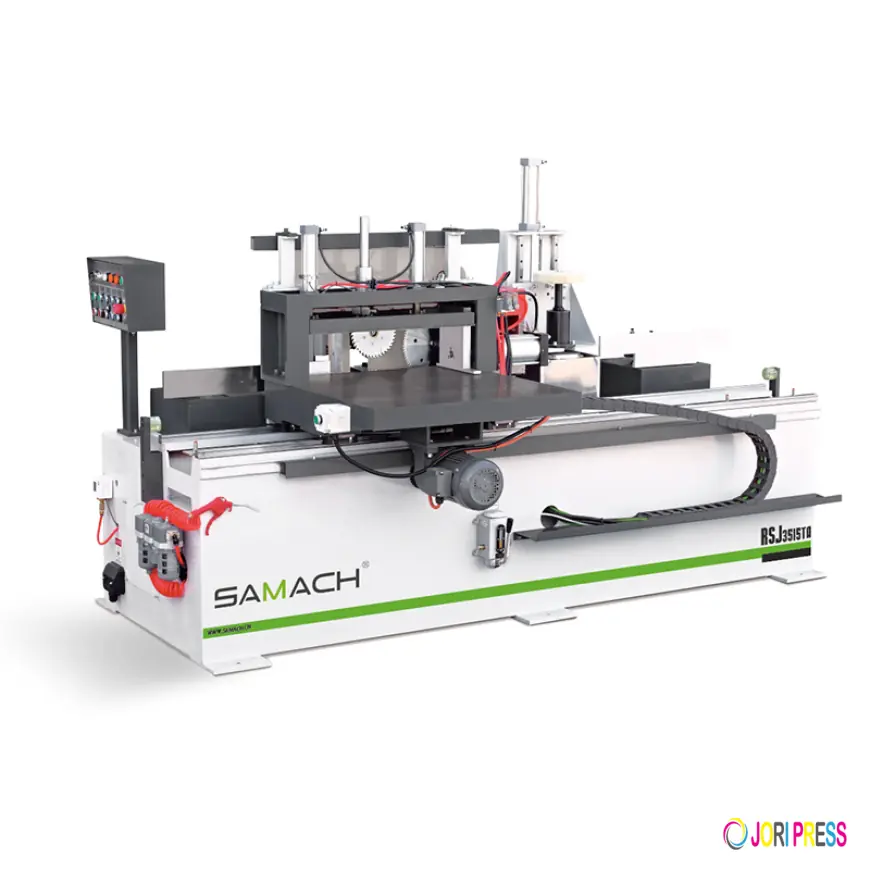Finger Joint Machine: Enhancing Woodwork Quality

A finger joint machine is a specialized woodworking device that connects wood pieces through interlocking finger-like cuts. When adhesive is applied, these joints become extremely strong, often outperforming traditional joinery methods. They are widely used in manufacturing doors, furniture, flooring, and wooden panels.
The major benefit of finger jointing lies in its ability to reduce waste. Short timber pieces that would normally be discarded can be joined together, creating longer boards. This helps manufacturers save material costs and improve overall efficiency in production.
Different types of inger joint machine available, including manual, semi-automatic, and fully automated models. Small workshops typically use semi-automatic systems, while industrial units rely on fully automated machines for high-volume, precise production.
Finger-jointed wood is also more reliable than natural solid boards. The interlocked joints reduce the risks of twisting, bending, or warping, ensuring the final products maintain their form and durability over time.
Manufacturers also prioritize safety when designing these machines. Safety guards, sensors, and operator training make it possible to run them efficiently without compromising workplace safety.
What's Your Reaction?
 Like
0
Like
0
 Dislike
0
Dislike
0
 Love
0
Love
0
 Funny
0
Funny
0
 Angry
0
Angry
0
 Sad
0
Sad
0
 Wow
0
Wow
0


















































